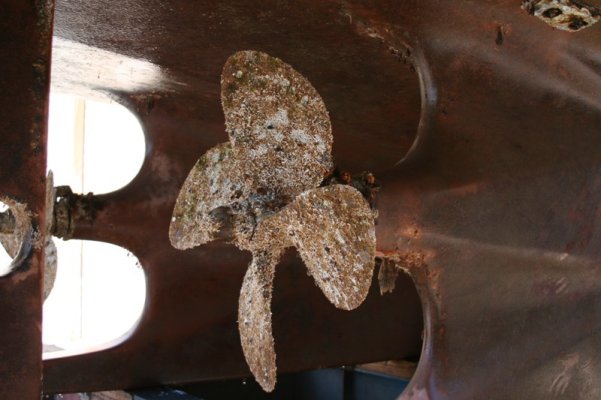Nomad Willy
Guru
Remember some time ago I started a thread on Boat Design to help us out w this question? Well, they started it up again and are up to response # 20. You can join free but you don't need to be a member to browse. Search Boatdesign.net. Click on forums, Propulsion and Diesel Engines. You may not need Propulsion. The thread is on "Diesel Engines". The name of the thread is the same as here. If you join you can take part in the discussion and if you do please refer to me as "Easy Rider". FF is there too and please use his username also. One of my favorite guys there talks about removing one prop and running to Ketchikan. That could be an idea for someone here.



